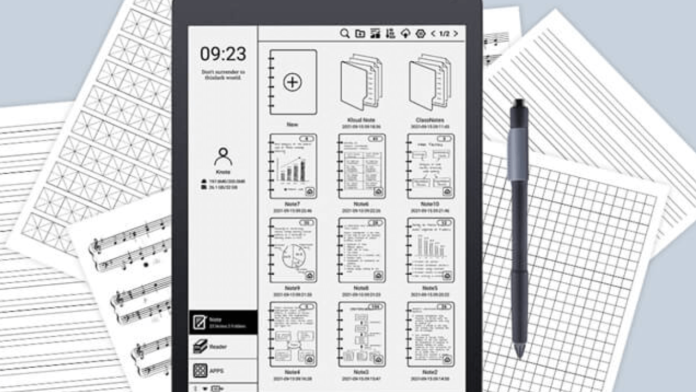E-ink technology is emerging as a welcome alternative in the fast-paced digital era when displays dominate our daily lives. The display technique known as “e-ink,” or electronic ink, imitates the look of traditional ink on paper. This ground-breaking technology is found in e-ink tablets, which provide a distinctive and comfortable reading experience.
Between two layers of electrodes, these particles are positioned and suspended in a clear fluid. For more up-to-date information visit site of E-ink. It appears black or white on the screen when an electrical charge is applied because the particles travel to the top or bottom of the microcapsules.
How Much Energy is used by an E-Ink Segmented Display?
E Ink Segmented displays are recognized for their incredibly low power consumption and are used in simple applications like electronic price tags and basic e-readers. Because E Ink Segmented displays are segmented and each sector may be turned on or off independently, its power consumption is particularly low.
When segments go from one display state to another during state changes, the majority of the power is used. E Ink technology is bi-stable because once a segment reaches a particular state, it needs almost no power to keep it there. Due to their remarkable energy efficiency, these displays can be used in devices that can run for long periods of time on little batteries or even energy harvesting systems.
The Various Types of E-ink
The term “electronic ink” (abbreviated “E Ink”) refers to a particular form of electronic paper display technology. It is renowned for its capacity to replicate the appearance of ink on paper, delivering a reading experience with strong contrast similar to that of paper. A low-power, reflecting display is preferred in e-book readers, e-paper displays, and other applications where E Ink technology is used. Following are some essential facts concerning E-Ink technology:
Microcapsule Composition:
Millions of microcapsules, which are tiny, spherical receptacles storing positively charged white particles and, are used to create E-Ink displays. These particles are floating in a transparent fluid.
Electrophoresis Principle:
An electric field regulates how the particles in the microcapsules travel. The white particles travel to the top of the microcapsules giving that region a white appearance. The black particles, on the other hand, migrate to the top when a negative charge is given, giving that region a black appearance.
Reflective Display:
E Ink displays don’t emit light like conventional LCD (Liquid Crystal Display) or LED (Light Emitting Diode) screens do. They rely on natural light instead to make the text legible. E Ink’s reflective properties make reading more pleasant in many lighting settings, including direct sunshine and are easier on the eyes.
Low Power Consumption:
The low power consumption of E Ink technology is one of its main benefits. Only when the content on the screen changes do you need power. When compared to conventional displays, once an image is displayed, it may stay there without needing constant power, considerably extending battery life.
Bi-Stable Nature:
Since E Ink displays are bi-stable, they may retain an image for an extended period of time without consuming power. For devices like e-readers, where the user may want to have a page displayed for an extended amount of time without consuming the battery, this feature is essential.
Grayscale vs. Color:
Grayscale, or giving several tones of black and white, characterizes traditional E Ink displays. However, color E Ink display technology has advanced. These color displays create a variety of colors using a filter array. Color E Ink is suited for situations where color is wanted but not necessarily for high-motion video content, despite not being as vivid as conventional LED or LCD displays.
Applications & Development of Advanced Versions:
E-book readers frequently use E-Ink technology. Additionally, it is used in e-paper displays for price tags, signage, and other uses where a low-power, high-contrast display is advantageous. Improvements in contrast, refresh rates, and color reproduction have been made possible by breakthroughs in E Ink technology over time. In order to improve the technology’s capabilities, continual research and development is being done.
Last Summary
E Ink technology produces a reflective display that resembles ink on paper by electrophoretically moving charged particles contained in microcapsules. It is especially well suited for applications where a long battery life and comfortable reading are required because of its low power consumption and bi-stable nature.













